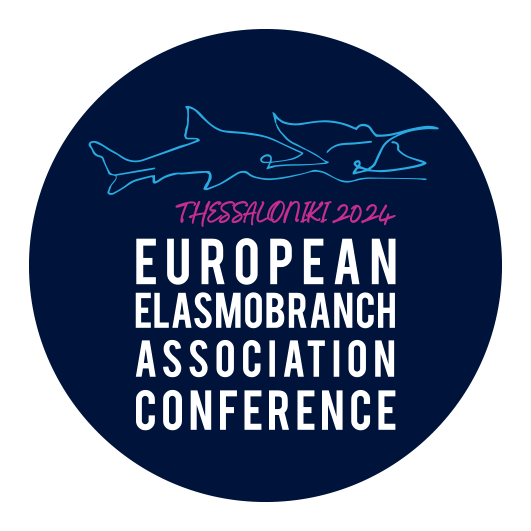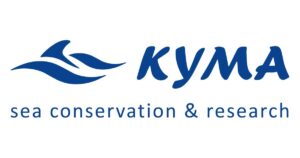
The main objective of the REPOSIDONIA project is to contribute to the management and protection of the seabed with Posidonia meadows in Greece. REPOSIDONIA serves as an umbrella project and includes all the activities and projects that iSea is implementing regarding Posidonia oceanica and its meadows in specific areas, including mapping the meadows, assessing the local biodiversity, estimating blue carbon storage and developing innovative awareness-raising tools.
WHY POSIDONIA IS IMPORTANT?
P. oceanica is a phanerogam plant that lives in the marine environment and is endemic to the Mediterranean Sea. Also known as Neptune Grass, it is one of the most common species of marine plants in the Mediterranean, along with Cymodocea nodosa and Zostera marina. The length of its leaves can reach up to 1.2 meters and the density of its leaves up to 10,000/m2. It is found in the infra-littoral zone at depths of up to 40 meters. This seagrass is observed in varying bottoms, from rocky to sandy, where it can root. In Greece, Neptune Grass is present along the majority of the mainland coasts, and the Greek islands. Posidonia oceanica meadows are considered as one of the most important marine habitat types of the Mediterranean Sea, providing a multitude of ecosystem services. They are nursery grounds and living areas for a large number of species, providing food sources and hunting grounds in their nutrient and oxygen rich waters. Neptune Grass is an “ecosystem engineer” as it stabilises the sediment with its roots and changes the hydrodynamic status of the sublittoral zone by limiting the power of waves and currents. Both the leaves and the sediment beneath the meadows can withhold large amounts of carbon, making the meadows one of the most important habitats for sequestrated blue carbon.

THREATS AND PROTECTION STATUS
The main threat to these meadows is habitat degradation by human activities. The degradation of the meadows is attributed to a series of stresses on the species, including fishing and aquaculture, coastal development, and uncontrolled anchorage. Due to its importance, Neptune Grass is protected by the Barcelona Convention, the Bern Convention, the Habitats Directive (92/43/EEC), and the EU Regulation (1967/2006/EC) which prohibits fishing with dynamic fishing gear over the meadows.
Despite all national and international protections, P. oceanica is on the IUCN Red List of Threatened Species since November 2010, with its status listed as “Least Concern” (LC), mainly due to its vast distribution throughout the Mediterranean coasts. Although it is a long-living plant, its extremely slow growth rate makes it highly vulnerable to external disturbances, thus hindering the natural recovery of the meadows if degraded. In the Mediterranean basin, there has been a decrease in P. oceanica, with estimations averaging between 11% and 50% of areal coverage lost in the past 50 years. Despite the fact that a lot of scientific research has been conducted on P. oceanica, more information on species distribution and its threats in the Eastern and Southern Mediterranean basin is needed.













